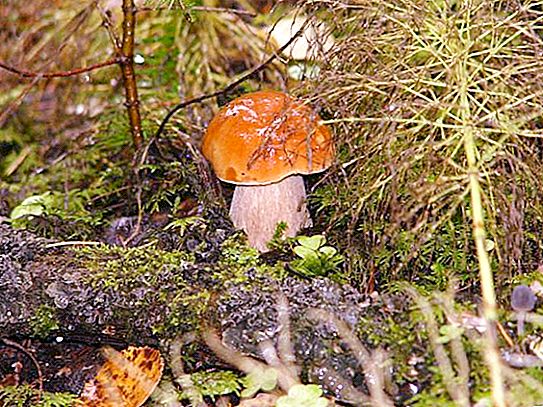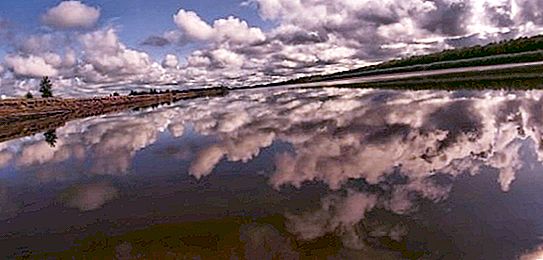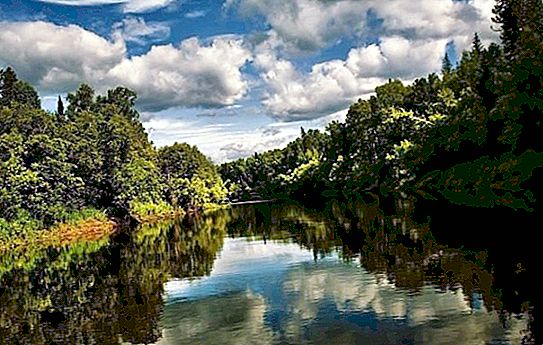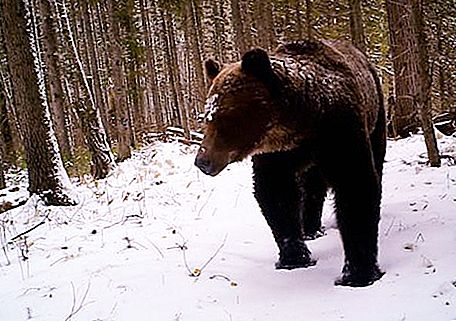The Yugansk Reserve has the status of a federal state budget institution reporting to the Ministry of Natural Resources and Ecology of the Russian Federation. The decision to establish a nature reserve was signed on May 31, 1982.
General information
The Yugansk Reserve is located in the very center of Western Siberia. Surgut district, Khanty-Mansiysk Autonomous Okrug (Yugra), the basin of the Bolshoi Yugan River - its exact address.

The total area of the institution is 648 636 hectares, of which 93 893 hectares are included in a special zone. Preserving the ecosystem’s conditions of existence, studying the course of natural processes and phenomena without human influence, developing environmental measures are the main goals for which the Yugansky nature reserve was created.
The entire area with natural objects located on it, as well as the bowels of the earth, are withdrawn from economic use. The rights to use them belong to the reserve. For convenience, the territory is divided into three sections - Nyogusyahsky, Maloyugansky and Taylakovsky.
Fauna
One of the main issues that ecologists care about today is the preservation of the number of fauna representatives. The Yugansk reserve, whose fauna is represented by birds, mammals, amphibians, reptiles, fish, many species of invertebrates, over the years has been monitoring the ability of species to adapt to harsh living conditions.

The birds inhabiting the reserve are the most numerous representatives of vertebrates. There are about 216 species of them. Scientists subdivide birds into special groups:
- nesting in the reserve, they are also called migratory;
- visiting it during autumn and spring movements;
- wintering.
Some species of birds may appear in the reserve by chance. They are attributed to a separate group, calling vagrants. Scientists also monitor their behavior, lifestyle in an unusual climate for them.
The list of mammals includes about 40 species of animals. Common representatives are sable, columns, mink, otter, wolverine, badger, ermine, weasel, wolf, fox, bear, elk, reindeer and other animals.
Flora
Plants of the Yugansk reserve are represented by a list that was formed as a result of the research activities of its employees. The main group consists of vascular plants, it has about 330 species. The group of lichens, which includes 195 species, is rich in representatives. In the reserve there are about 114 species of moss. There is a wide variety of mushrooms. Today, about 200 of their species are known, but research work on their identification is ongoing.

Forests occupy most of the reserve. Their type depends on a combination of tree species growing in a particular forest. The main ones are birch, aspen, common pine, cedar, fir, Siberian spruce.
Small representatives of flora and fauna
The Yugansk Reserve is interesting in that animals and plants that are not typical of harsh climatic conditions are found on its territory. However, the species managed to adapt, they not only survive, but are able to produce offspring in vivo.

You can put a lynx on the list. It is very rare. Scientists attribute this to the limited number of hares, which are the main food of the predator, as well as the high snow cover.
Bats are the most mysterious and unusual animals found in the protected area. Scientists have discovered two of their species - two-tone leather and northern leather.
In winter, you can find two species of birds, for which the tundra is considered to be the habitual habitat. These include a white owl and gyrfalcon. A small group of reptiles. It has two species - a viviparous lizard and an adder.
Among the representatives of the flora, larch is the most rare. It grows only in certain areas of the reserve on well-drained soils.




